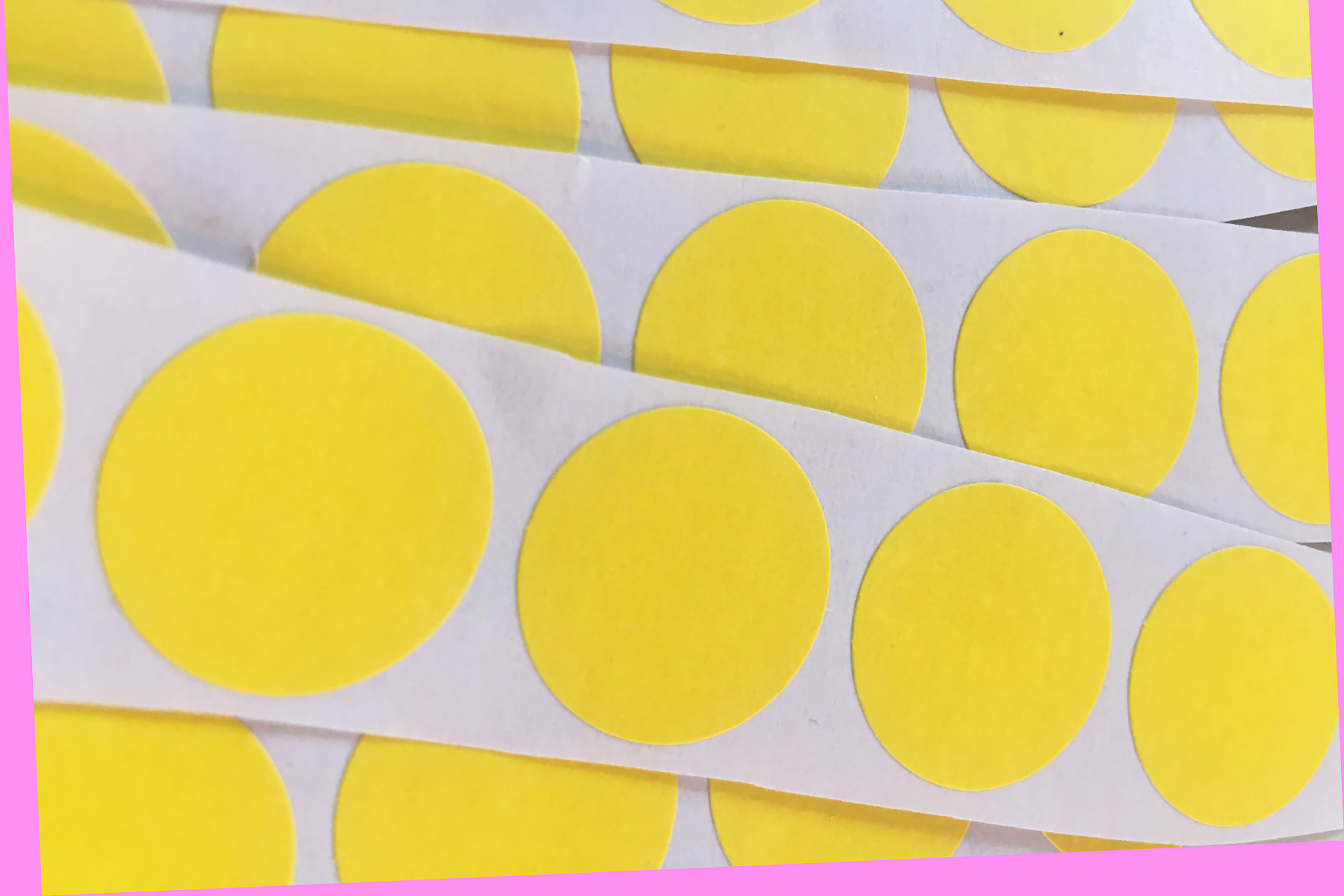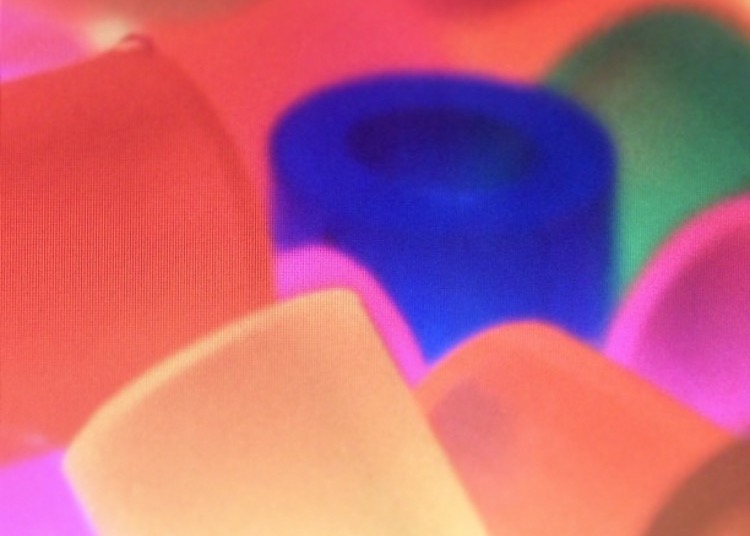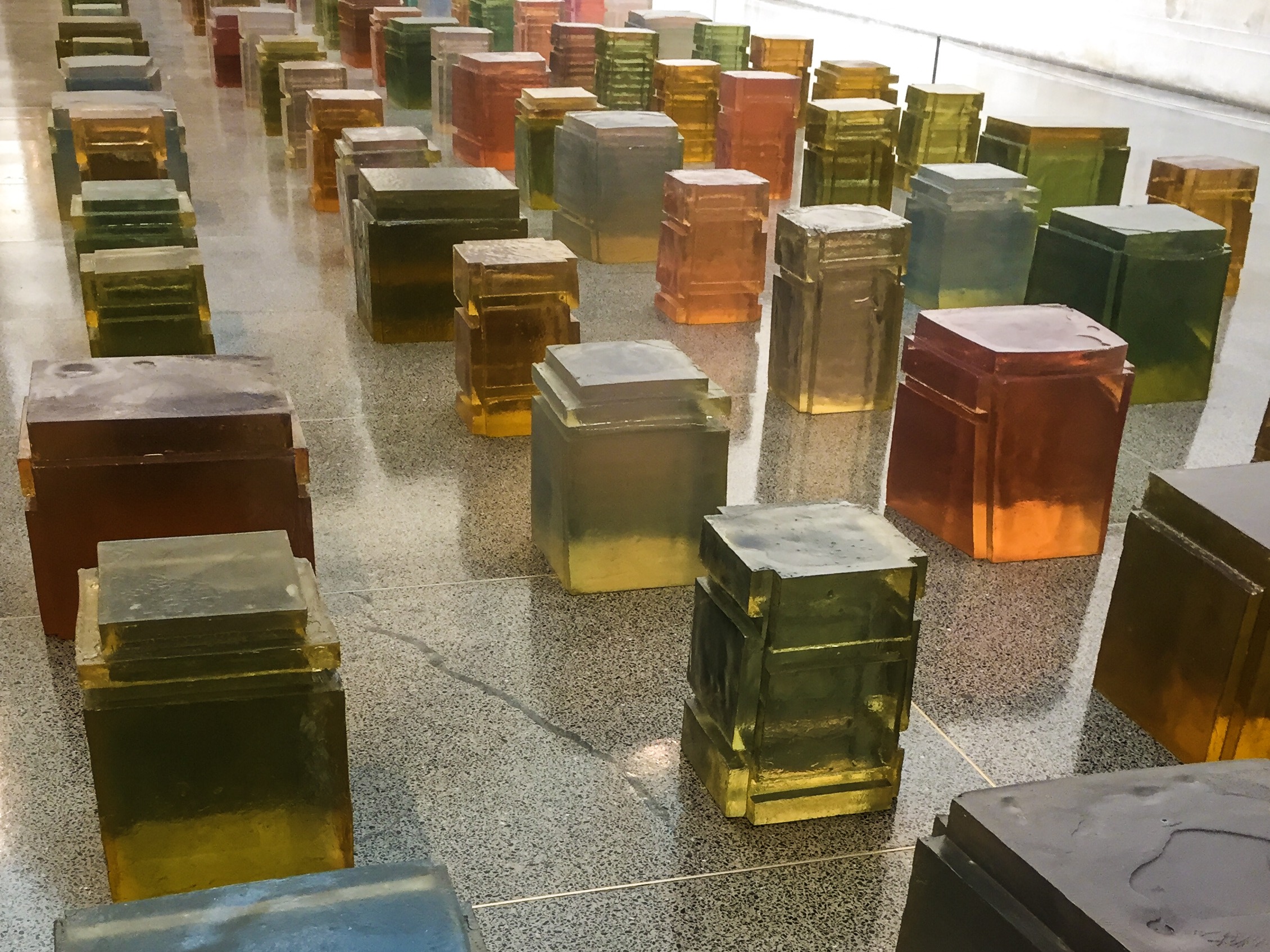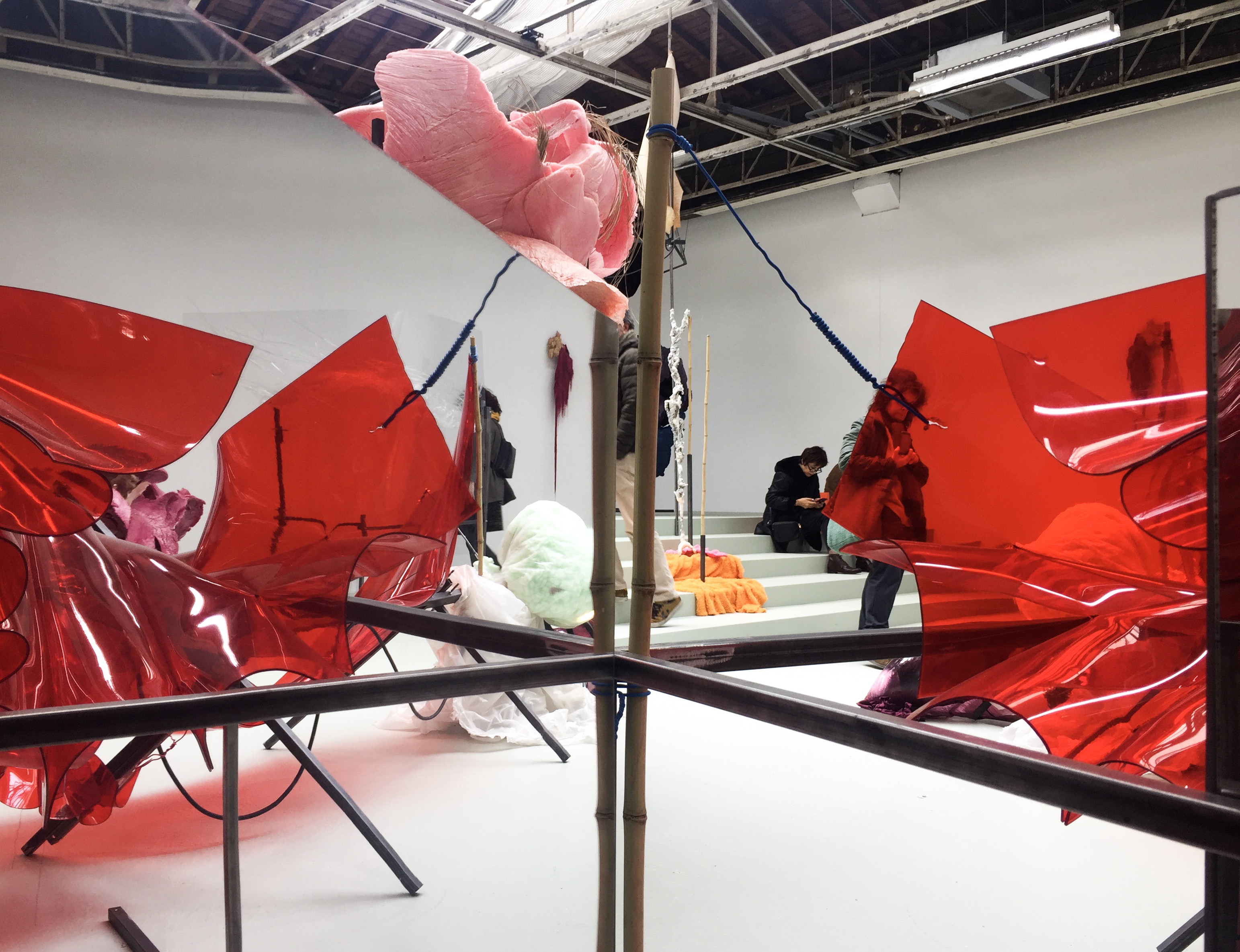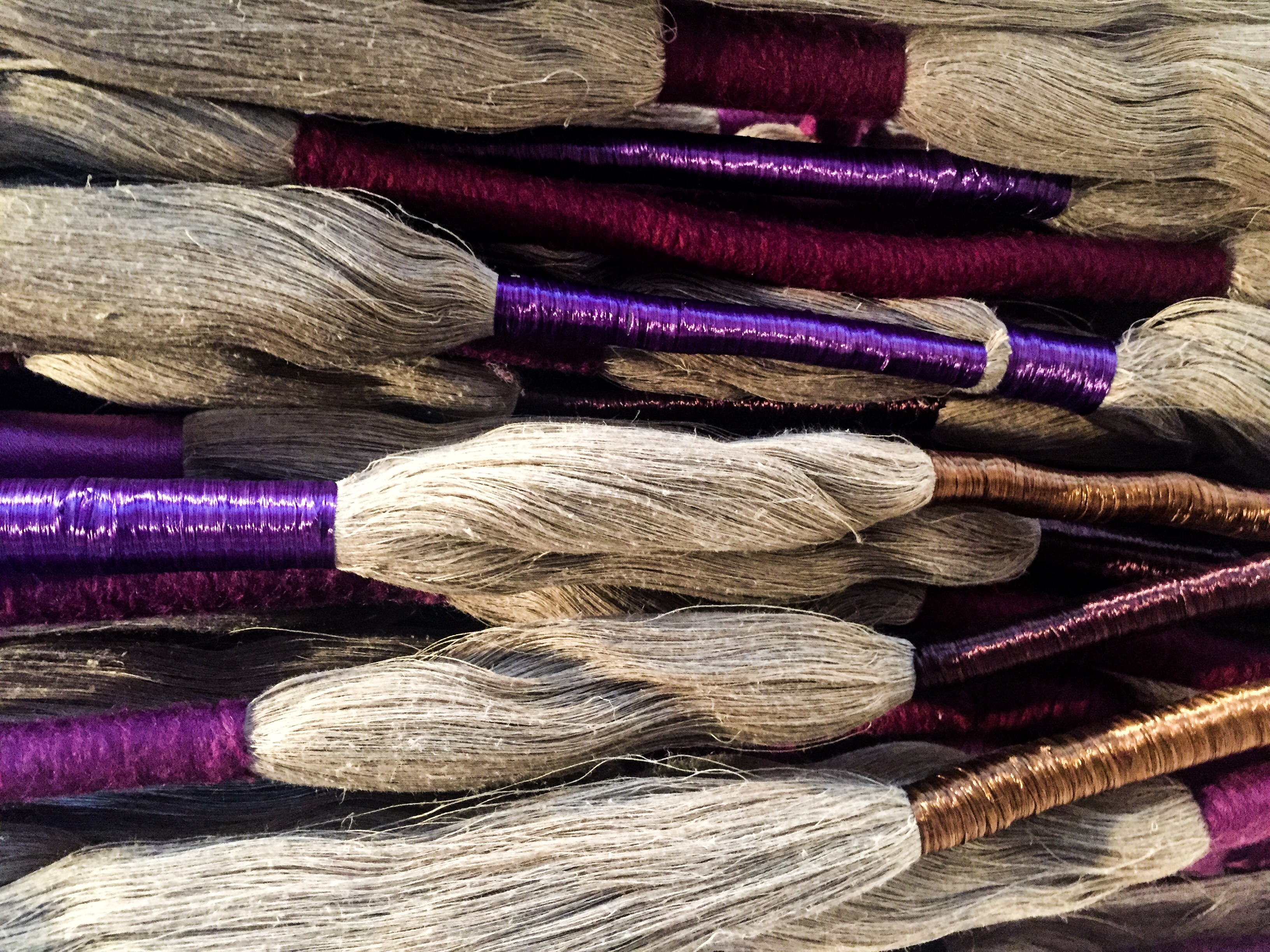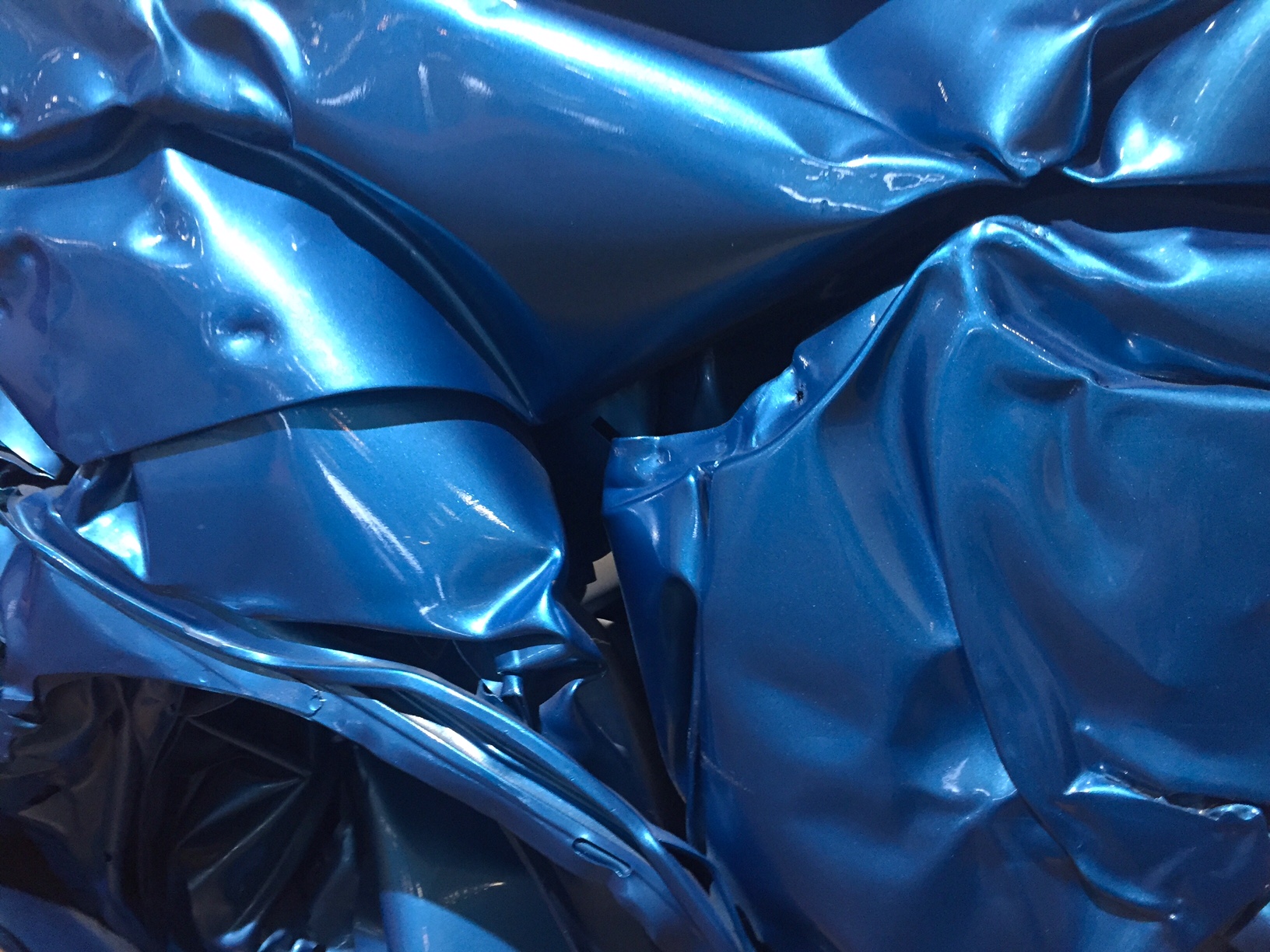Finding materials for children’s art activities can be tricky. Whether you are trying to do this at home, in the classroom or in a community space, it can also be expensive. This post shares 3 hot tips for sourcing children’s art materials on a budget! Ideally, it would be fab if all art activities had infinite budgets. However, the reality is that often parents, teachers and artists need to be very imaginative and thrifty in finding materials. Having a limited or no budget is not necessarily the end of the world. Sometimes it can actually encourage adults to use their creativity to invent something cool from the limited resources they have. It creates a kind of ‘creative parameter’ to produce new ideas from. It is also be inspiring to note that many professional artists use inexpensive materials – what makes their work special is how they experiment with them. For this approach to…
How to use suggestions to support creativity
Adults can play an important role in supporting children’s creativity by interacting with them in ways that open up new possibilities for learning. This post talks about what a suggestion is and gives four tips for how they can be used in children’s art education. These ideas may be especially handy for parents, carers, educators and artists working with young children under the age of ten. What is a suggestion? To suggest something means to present an idea for consideration (1). A suggestion can be used to give children choices about how their learning can proceed in an education environment (2). Choices are important as they open up different creative possibilities. Suggestions can draw children’s attention to a particular problem, assist them in exploring a topic encourage them to reflect on an experience in a deeper way. Suggestions are different from direct instruction as they imply there are options (2). If…
Simon Nicholson’s theory of loose parts
In 1972 Simon Nicholson, the son of artists Ben Nicholson and Barbara Hepworth, presented the idea that young children’s cultural participation comes from the presence of open-ended ‘loose part’ materials that can be transformed in different ways. This post explores the key principles of the theory, including key debates surrounding it. What is loose parts theory? The term ‘loose parts’ was coined by Simon Nicholson, an English architect and artist. The loose parts theory was first presented in Nicholson’s article ‘the theory of loose parts: An important principle for design methodology.’ This theory rejects the idea that creativity is a characteristic of a select few. Nicholson claimed that people have been misled to think that creating artworks and buildings is so difficult that only highly gifted people can do it. In opposition to this, Nicholson argues that all people, including young children, are capable of participating in the construction of culture. Loose parts…
Children’s creative learning through the sculptures of Rachel Whiteread
This post looks at the art of Rachel Whiteread, a contemporary British sculptor who creates objects and spaces using different materials such as resin, plaster, concrete, rubber and plastic. Her works range from small-scale moulds of everyday objects such as hot water bottles to gigantic life-sized houses. Tate Britain in London recently exhibited a retrospective of her sculptures. As part of the show, her installation ‘Untitled (one hundred spaces)’ (1995) was displayed in the main entrance hall of the gallery. In this post, I use this artwork as a thinking tool for considering how its materials, tools and processes could be used to produce a children’s creative learning environment. This post is part of a series that aims to share innovative ways that artists are working with materials and how this may be used as a starting point for children’s creative learning. The first post in this series explored the…
Children’s creative learning through the art of Daiga Grantina
This post looks at Daiga Grantina’s installation ‘Toll,’ to consider how the sculpture could be used to design a children’s material-play environment. I am still recovering from the awesomeness of all the modern and contemporary art I encountered on my recent trip to Paris. A highlight was seeing Daiga Grantina’s gigantic, multi-media sculpture, ‘Toll’ at the Palais de Tokyo. In this post, I take a closer look at Daigna’s experimentation with materials in the installation. I then consider how this could be used as a starting point for children’s creative learning. This post is part of a four-part series looking at artist’s innovative ways of working with materials and how this can be used to support children’s creativity. The first two posts looked at the art of French sculptor, César Baldaccini and American textile artist, Sheila Hicks. Check them out if you have not already! Daiga Grantina is a Latvian-born…
Children’s creative learning through the art of Sheila Hicks
“It is so important to make every day. The discovery comes in the making.” Sheila Hicks Sheila Hicks is an American textile artist whose colourful, soft sculptures bring together material traditions from Western and non-Western cultures. I recently visited her exhibition ‘Lifelines,’ on display at the Centre Pompidou in Paris. I loved learning about her experimentation with colour and how this has been a constant creative force throughout her life-long textile practice. In this post, I draw on works from the exhibition to consider how these could be used as a starting point for children’s creative learning through play with materials. This post is part of a four-part series looking at how artist’s experimentation with materials can be used to support creative learning. If you have not already read the first explored the sculpture practice of César Baldaccini, check it out here. Chapultepec (2018). Linen. 24 components, each component 800 cm. Sheila Hicks…
Children’s creative learning through the art of César Baldaccini
This post looks at the art of French sculptor, César Baldaccini. I discuss two of his experimental artistic processes: compression and expansion to consider how these could be used as a starting point for children’s creative learning through material play. This month I will be exploring the work of four artists who have experimented with materials in innovative ways. I will also use each blog post to consider how these processes can be used as a rich starting point for children’s creative learning through play with material. First up is César Baldaccini. Last weekend I saw César’s retrospective at the Centre Pompidou in Paris. Admittedly I had never heard of him before going to the art museum. I loved learning about his prolific artistic career and unusual ways of working with materials. I hope you find his radical artistic processes as inspiring as I did. César Baldaccini “My sculptures developed in line with…
‘Children’s learning with new, found and recycled stuff’ symposium at AARE
This post discusses the symposium presentation ‘Material play: children’s learning with new, found and recycled ‘stuff’ given by Professor Pat Thomson, Nina Odegard and Louisa Penfold at the Australian Association for Research in Education (AARE) in Canberra, Australia. Image: Bradley Cummings On November 27, 2017 Professor Pat Thomson (University of Nottingham), Nina Odegard (University College of Oslo and Akershus) and myself (University of Nottingham) gave a presentation at the AARE conference on children’s learning with materials. Each of our presentations was built on the understanding that many educators and artists working with young children are committed to play-based practices and understand this as being critical to individual and social learning. Over the 90 minute symposium, we talked about how our individual work with children explores the research question: when children are ‘doing art’ play what are they learning with the materials they choose? Overall, we argued that when children are playing with materials, they are simultaneously:…
Tim Ingold’s thinking through making
This post introduces Tim Ingold’s proposition of ‘thinking through making’ alongside the work of three contemporary artists: Takesada Matsutani, Tino Sehgal and Katharina Grosse.


